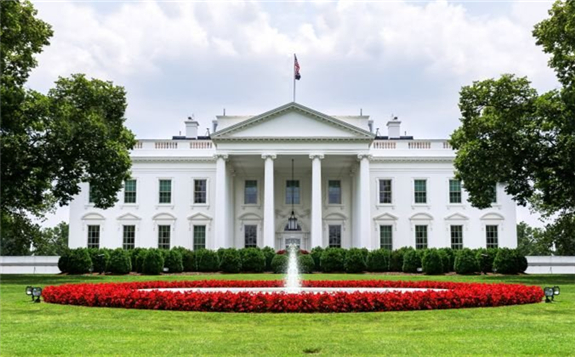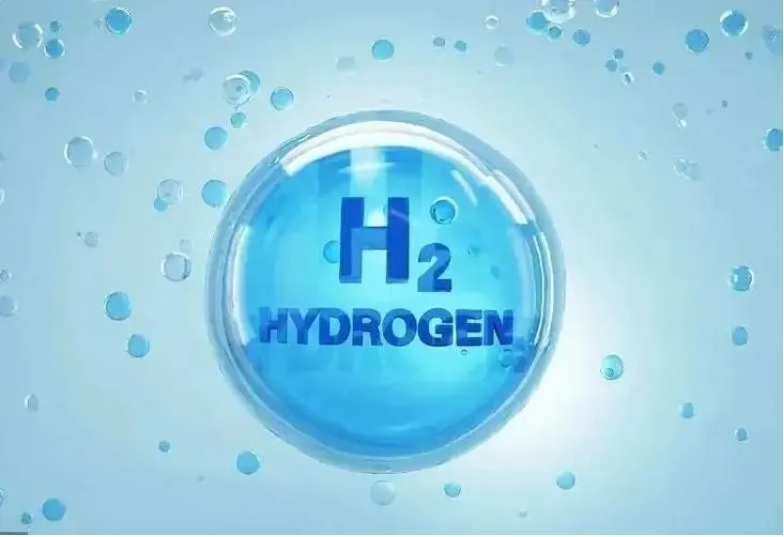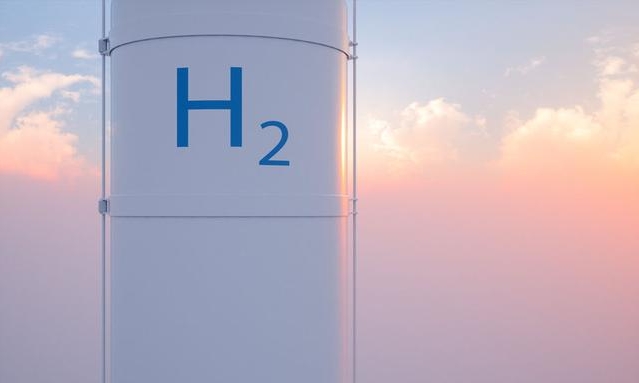Extending the federal Investment Tax Credit is the top priority for the Solar Energy Industries Association as it heads into four years of a Joe Biden presidency. In a Tuesday call with reporters, SEIA President Abigail Ross Hopper likened ranking the group's prime concerns to picking a favorite child. But broadening the solar industry's key federal tax credit will provide the most measurable relief as it weathers the economic difficulties of the pandemic, she said.

The organization is also placing significant emphasis on reversing the Trump administration’s solar trade policies, Hopper said. But while SEIA hopes to see Biden end the Section 201 tariffs, the industry would be able to manage if the new administration leaves the tariffs untouched, with just one year left before they expire and an exclusion for bifacial solar in place, she said.
In anticipation of President-elect Joe Biden’s inauguration, advocates from all corners have begun lobbying their cases for how to turn campaign promises into administrative policy. Progressive activists have asked Biden to reject any cabinet members with ties to fossil fuels. Oil and gas executives hope to slow the transition to clean energy that Biden has promised. And the solar industry’s largest trade group has set out a policy agenda in hopes of gaining traction with both the president and Congress after four years of what Hopper characterized as policy hurdles.
“We have continued to grow, but we have not grown at the rate at which we anticipated,” Hopper said Tuesday.
SEIA’s 100-day policy agenda revolves around three main objectives: investing in clean energy infrastructure and jobs, opening electricity markets to renewable competition and establishing “comprehensive carbon policy” as support.
More granularly, SEIA has called for its tax credit extension and a similar credit for energy storage, streamlined permitting for renewables on public lands, the appointment of commissioners to the Federal Energy Regulatory Commission that favor renewables-friendly market rules, and the appointment of a federal climate czar.
Seeking a comeback for solar tax credits in Congress
An extension of the federal Investment Tax Credit didn't make it into the $1.37 trillion federal budget passed by Congress in December, after the White House applied pressure to remove it from the final spending package. SEIA believes legislative buy-in may be stronger under Biden, even as the final makeup of Congress remains uncertain.
“In conversations we have that are not on the front page of a newspaper, there are many, many Republican senators who are supportive of solar,” Hopper said. “There’s a pretty clear understanding that extending the Investment Tax Credit [and] making it refundable will help address the [industry’s] challenges.”
Last year lawmakers introduced several bills that included tax credits, such as the Renewable Energy Extension Act and the Growing Renewable Energy and Efficiency Now Act.
But with lawmakers almost certainly focused on stimulus measures in the short term, it’s unclear if clean energy tax credits will be a priority. Hopper said that will likely depend on how comprehensive a package legislators can piece together. Congressional leaders currently remain far from a consensus on the size and content of such a package.
The future for solar tariffs is also opaque.
Though SEIA has had conversations with the Biden-Harris transition team, according to Hopper, she also said the trade group does not have a sense of the president-elect’s stance on Section 201 tariffs.
There’s also the possibility that President Trump, who has still not publicly conceded the election, will attempt to push through changes to those tariffs at the eleventh hour. On Sunday, for instance, the administration said it would begin oil and gas lease sales in Alaska’s Arctic National Wildlife Refuge.
In October, the administration released a presidential proclamation that revoked the exclusion for bifacial solar and increased the level of the tariffs in their final year. It’s now caught up in litigation, which SEIA has been involved in.
“The area that gives us the most pause is probably in the trade space. We think the time [remaining] is too short for the president to do much,” said Hopper. “[But] that’s the area where there could be the most destruction wrought.”







